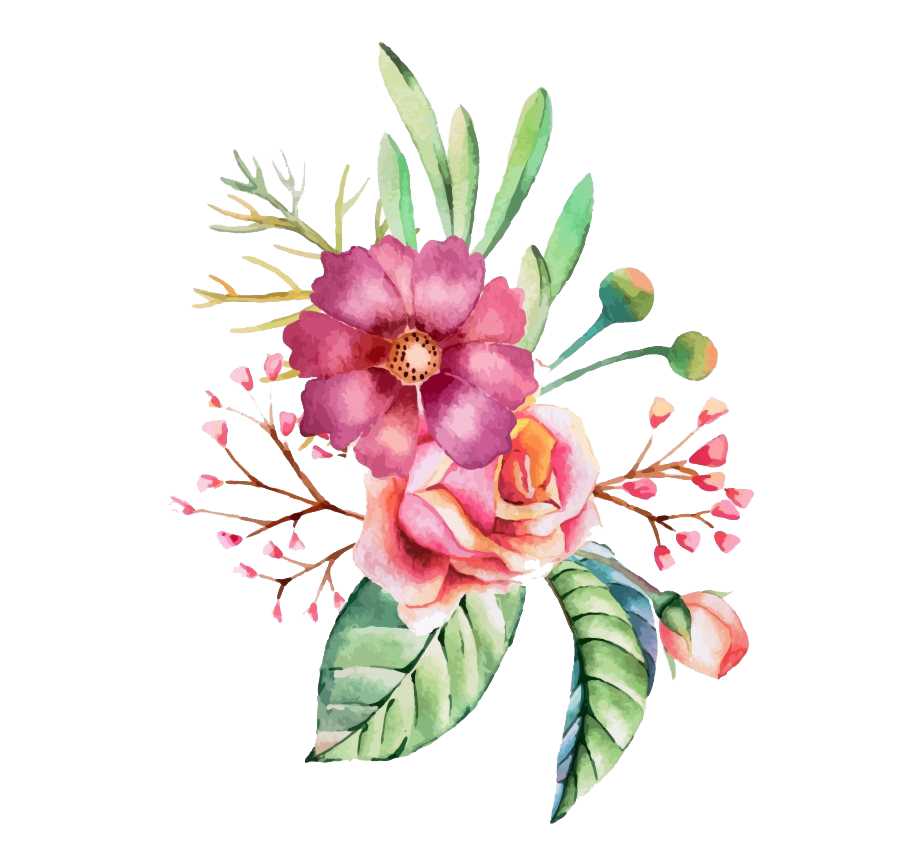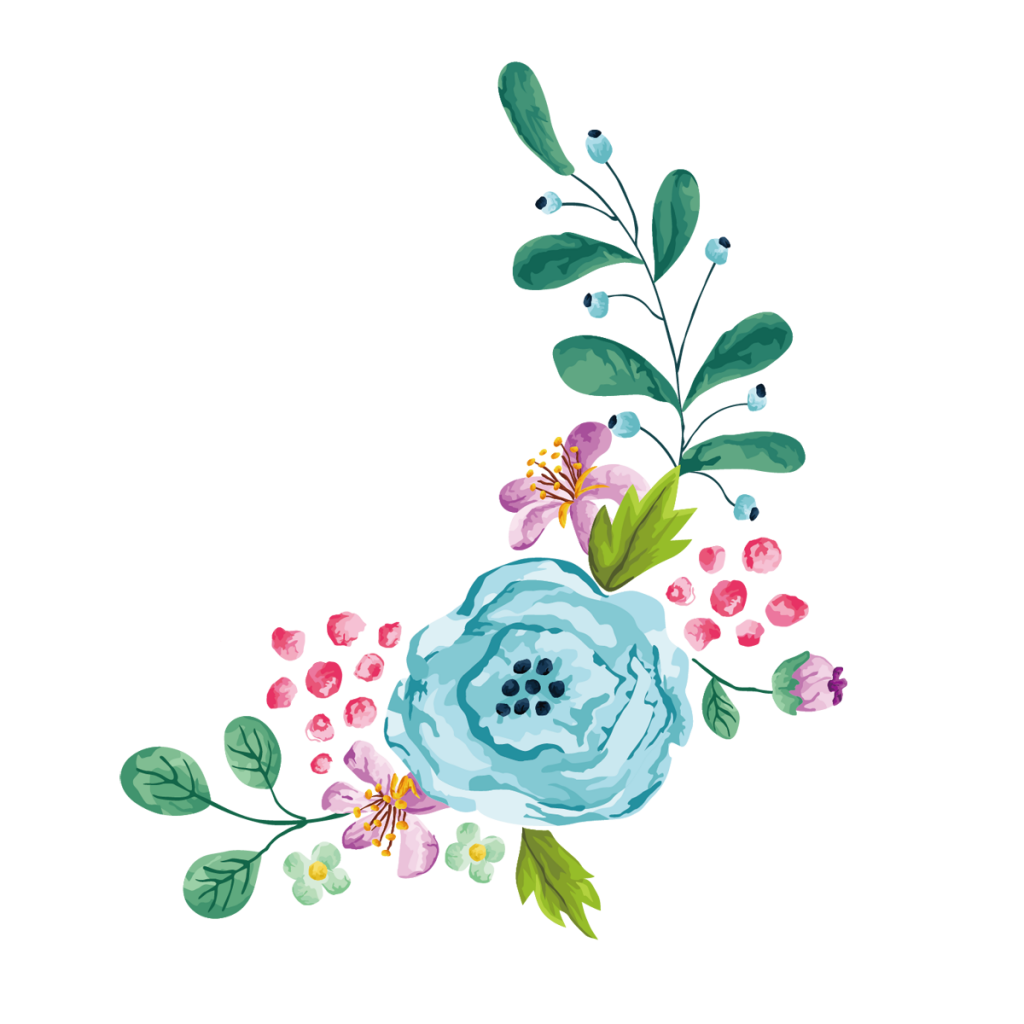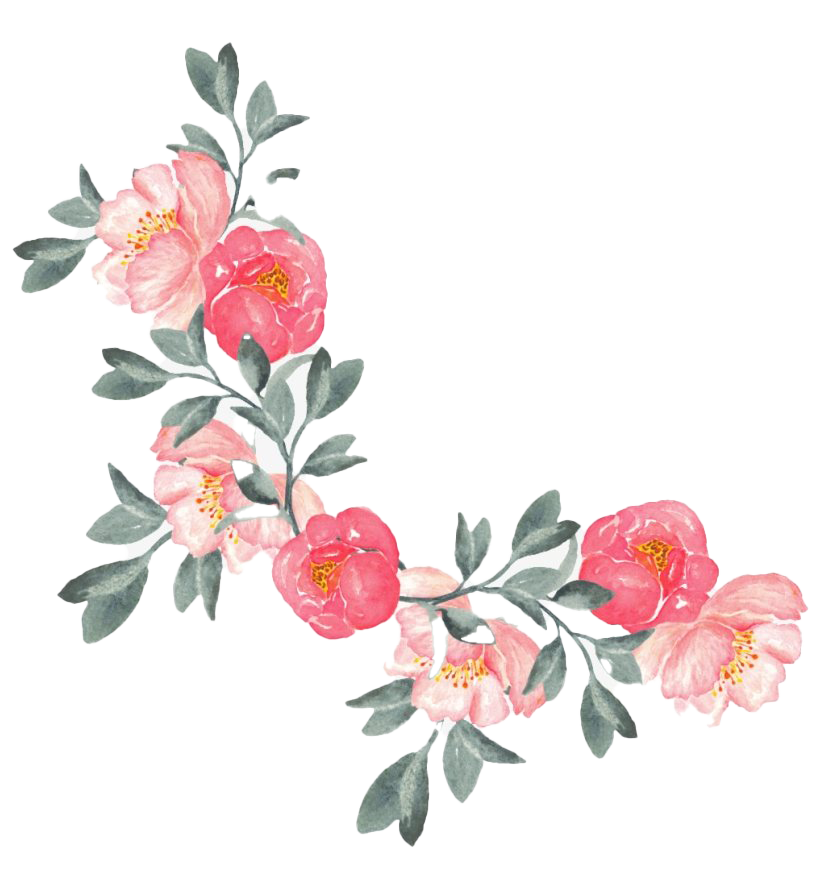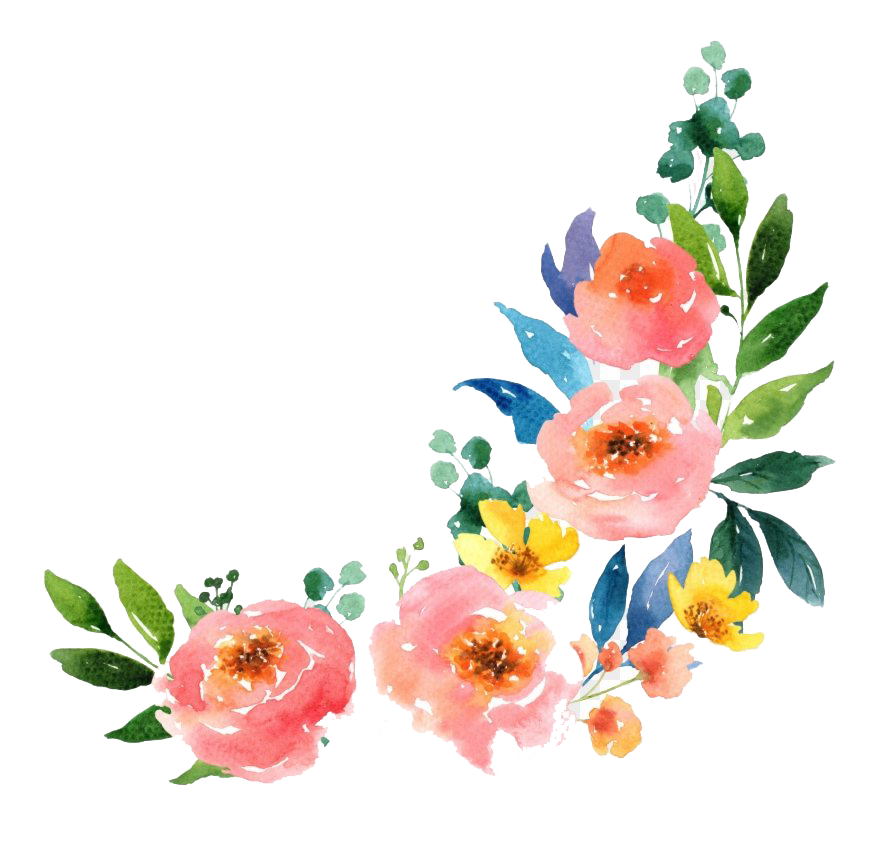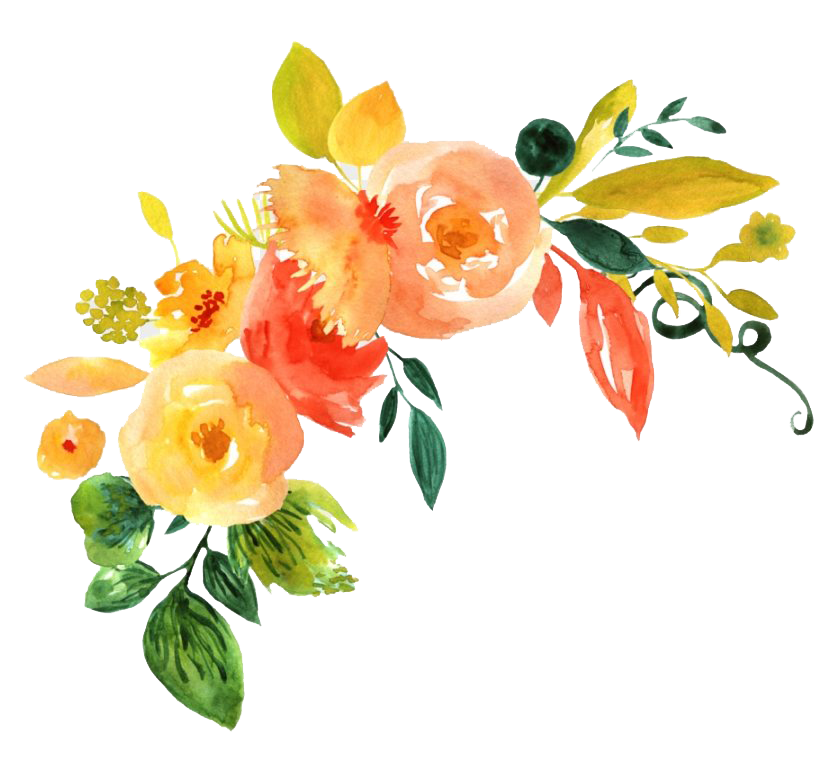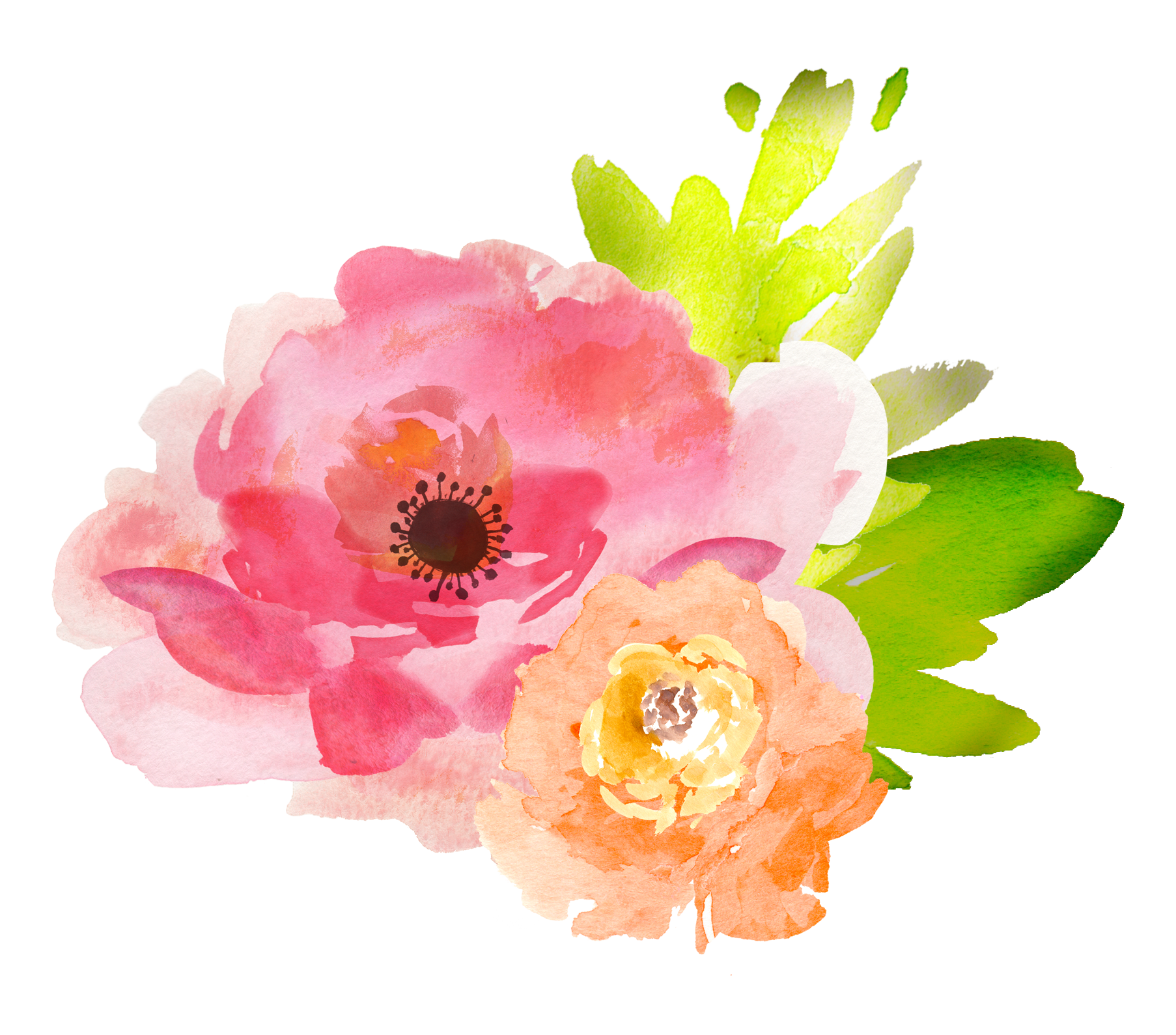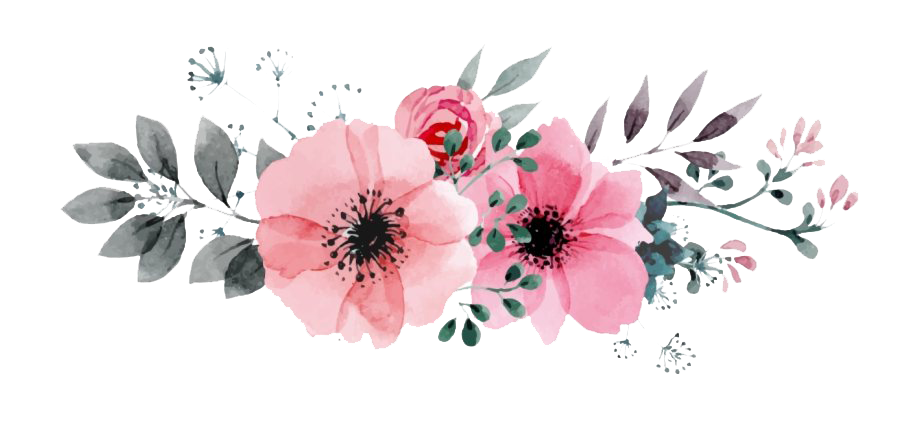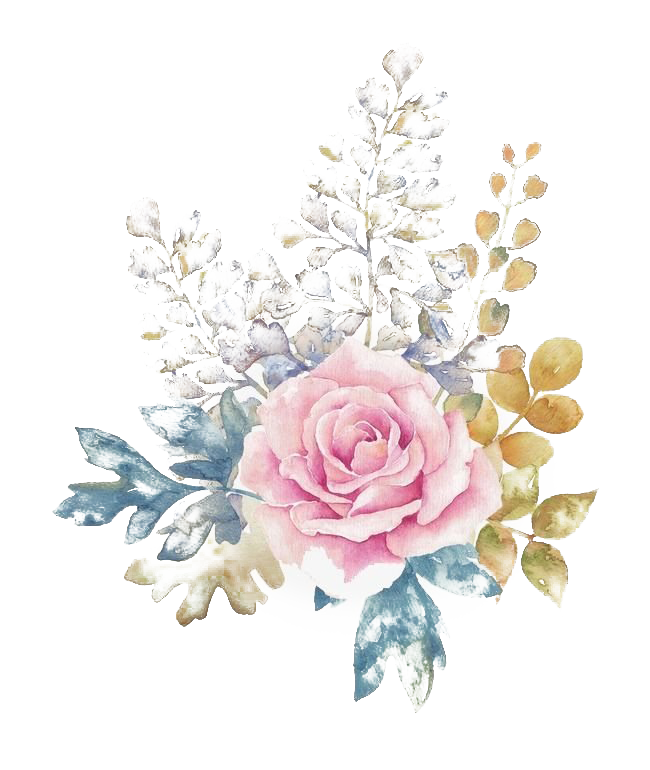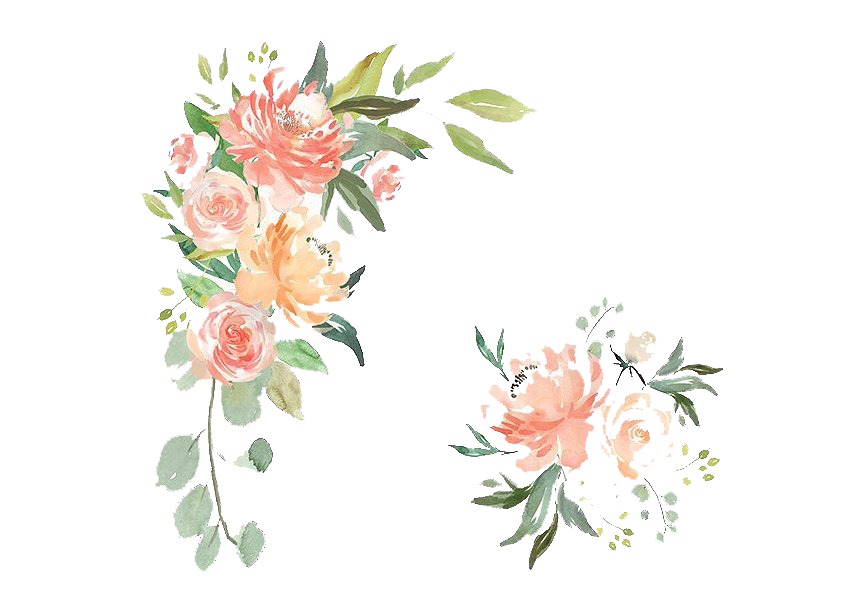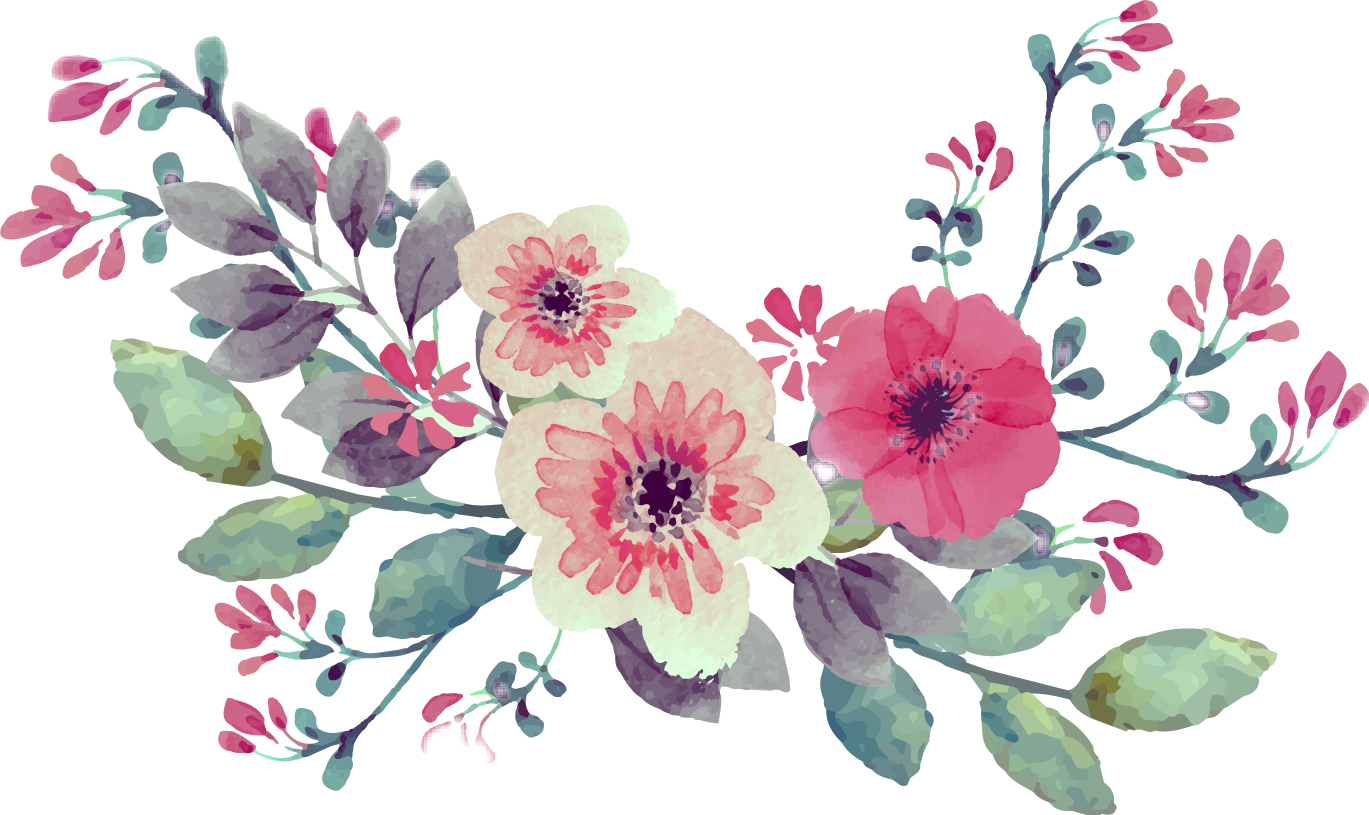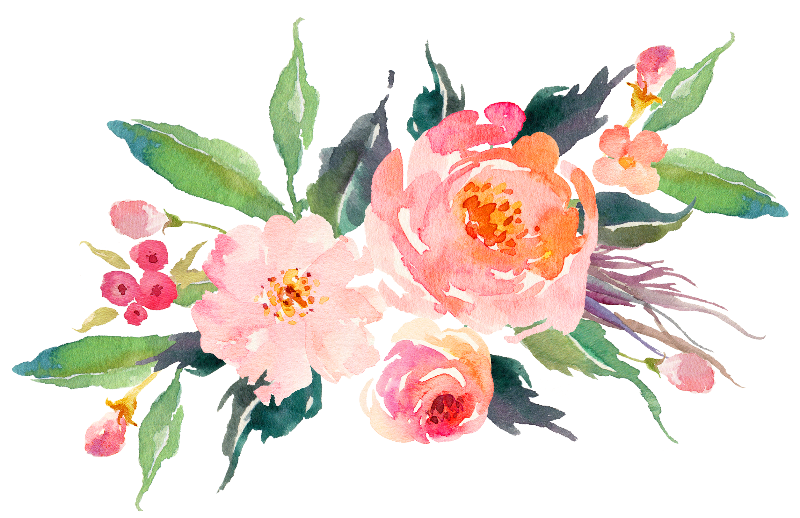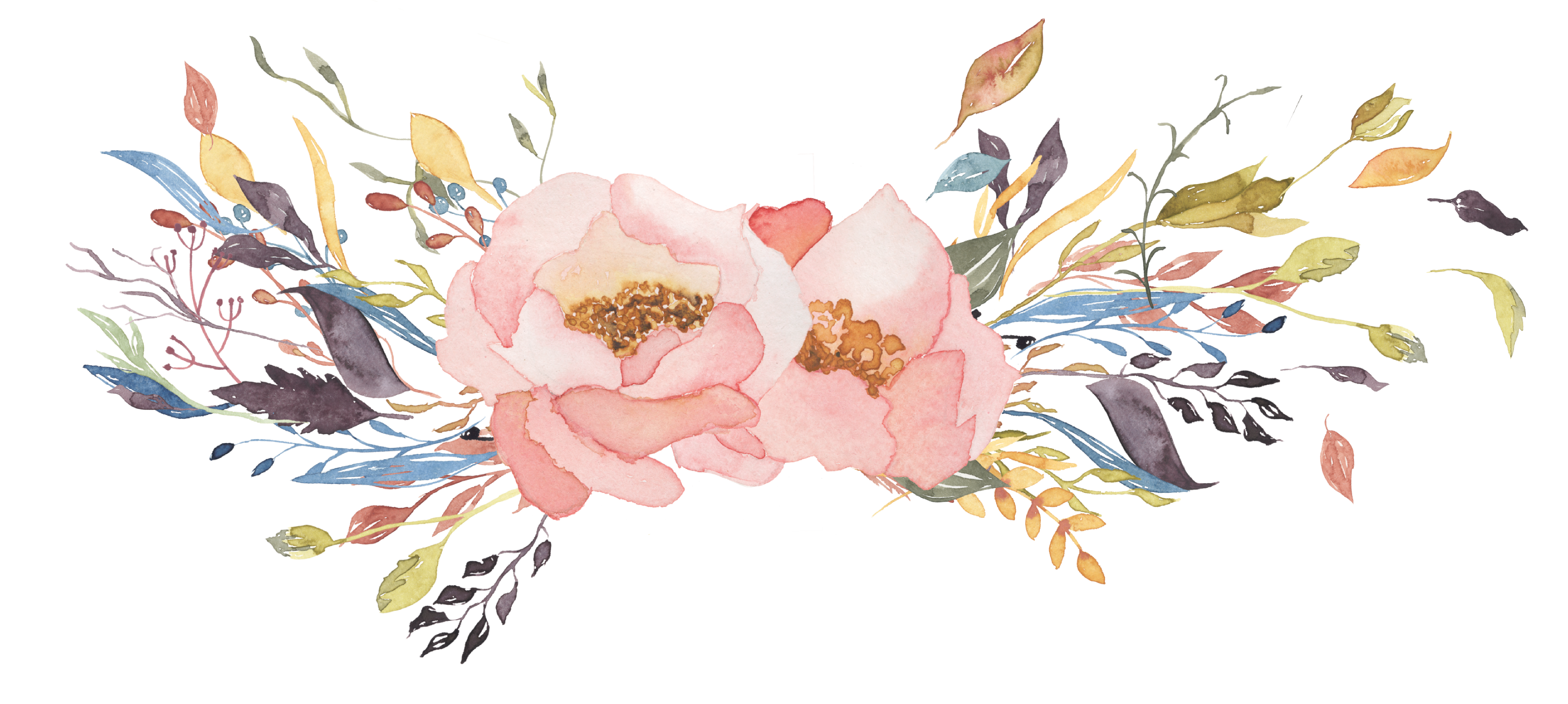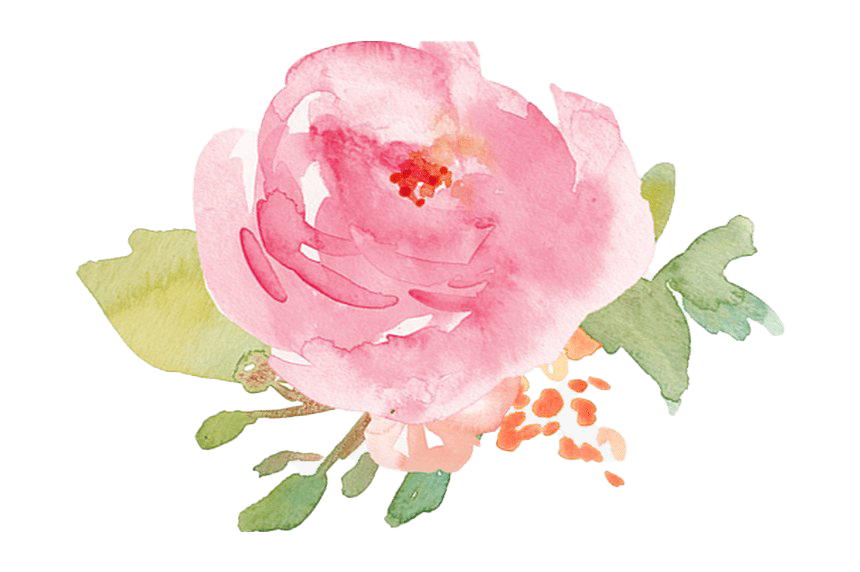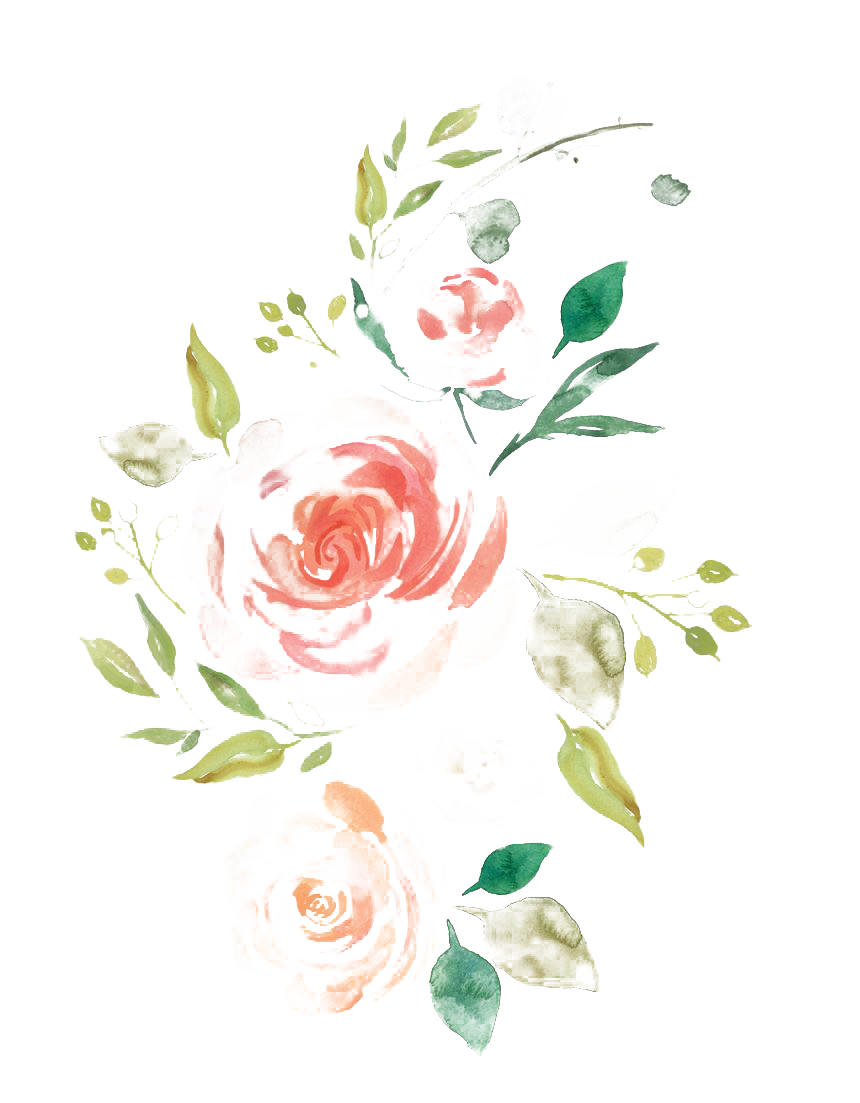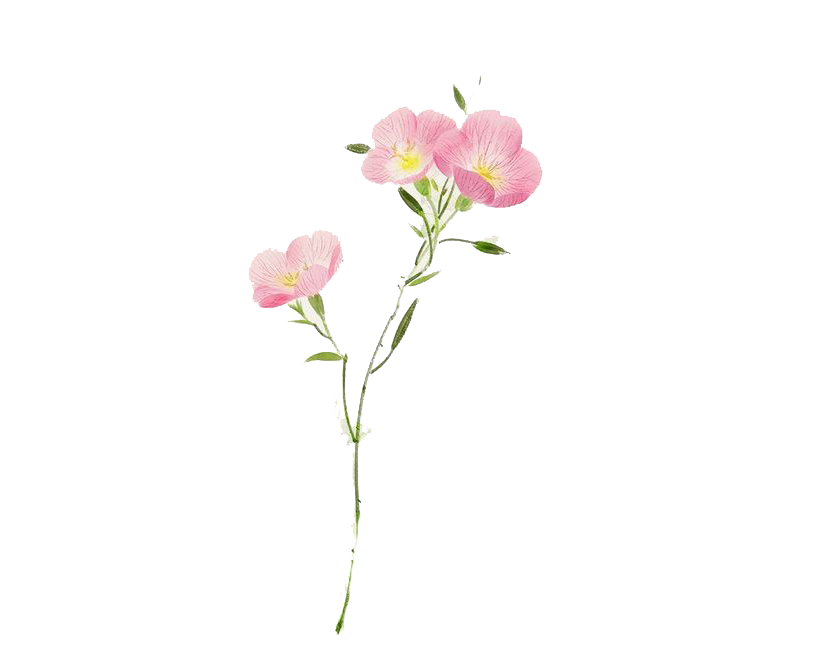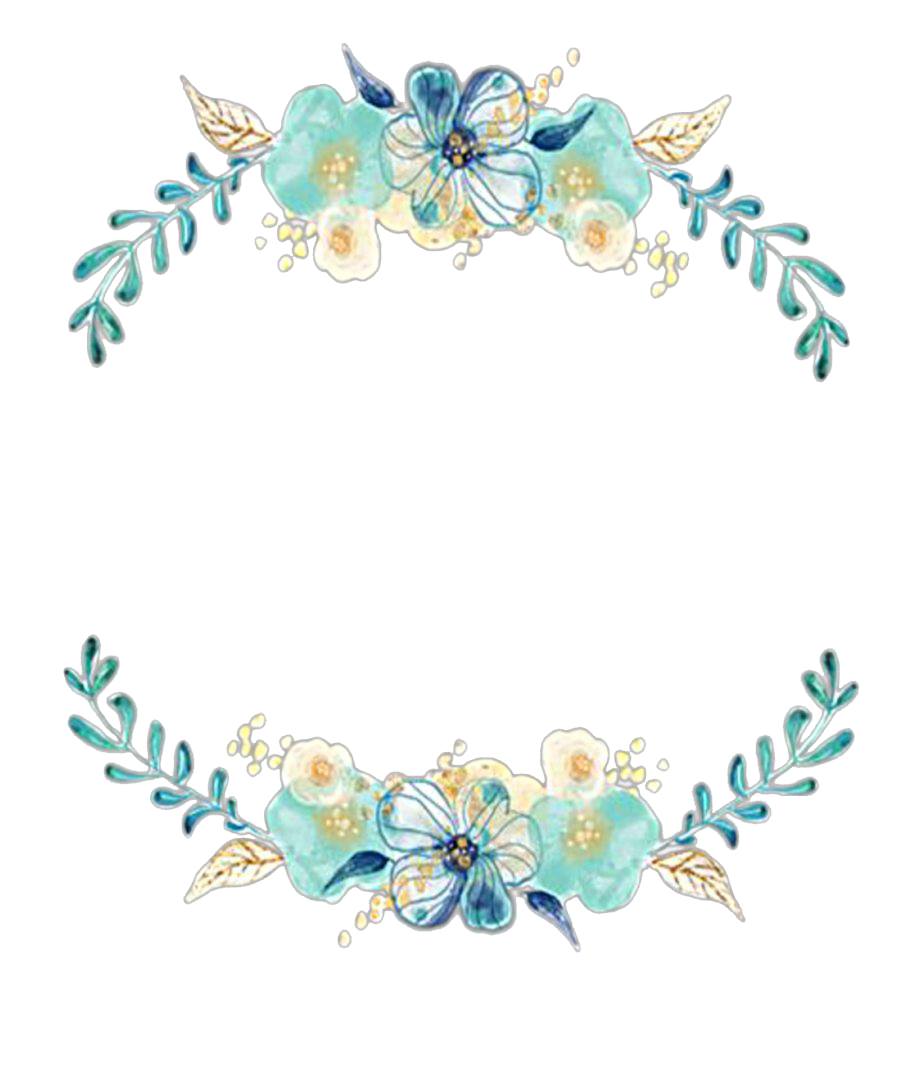Download top and best high-quality free Watercolor Flower PNG Transparent Images backgrounds available in various sizes. To view the full PNG size resolution click on any of the below image thumbnail.
License Info: Creative Commons 4.0 BY-NC
When you learn to paint flowers in watercolor, first choose a flower with a very small number of petals, or even choose a bud that is dominated by a large petal, rather than a flower with many petals. Many petals can be stunning and resemble a maze.
After you draw, concentrate on each petal individually, narrowing your focus to a small area. If you look at the whole task ahead, it will become huge. Focus on the area you are drawing until you block your under painting and feel confident. Creating a map by highlighting light and dark areas will work well for the rest of the image.
Each petal is described using warm and cool shades of similar colors. For example, a red rose will become lighter and colder, as light affects the petal more strongly. As it goes into the inner depths of the rose or in the shade behind the rose, the colors become warmer and darker. Look at the rose in your garden or a vase. You will see the buds and main rose petals that are in the inner region or the shade, more saturated in color, while the lighter areas affected by daylight cooler and are more pink/purple (cool) in hue. To see what I mean, brush a demonstration of a bright red petal. Keep the color at the base of the petal warm and saturated using warm red. Now apply the brush to the lighter purple area like alizarin. Light alizarin purple unfolds in the light. See how cool it looks compared to bright red?
Shadows are created using a local color (this means that the color of the object before lighting and shadow effects it. For example, a green leaf has a local color of green – a red petal has a local color of red).
Mix your shadow color: get your local color – let’s say we have a bright red rose – so we take a bright red – now add a hint of an additional red – green. You can change the color of your shadows by preferring more red than green – or by adding a sign of blue phthalate – or even by touching orange to warm the red/green mixture. The variety of colors in the shadows makes the shadows dance and shine like decorations.
It is nice to see a rose appearing from white paper. It’s about creating something so real that you almost feel it. The thing is to know the traps for young players, mix colors and learn to see what is right in front of you. Then it creates the impression of a substance, and not of something “drawn.” Have fun!
Download Watercolor Flower PNG images transparent gallery.
- Watercolor Flower
Resolution: 920 × 864
Size: 417 KB
Image Format: .png
Download
- Corner Watercolor Flower PNG Clipart
Resolution: 1024 × 1024
Size: 288 KB
Image Format: .png
Download
- Corner Watercolor Flower PNG Image
Resolution: 820 × 869
Size: 420 KB
Image Format: .png
Download
- Corner Watercolor Flower PNG
Resolution: 880 × 860
Size: 448 KB
Image Format: .png
Download
- Corner Watercolor Flower Transparent
Resolution: 1024 × 1024
Size: 785 KB
Image Format: .png
Download
- Corner Watercolor Flower
Resolution: 840 × 768
Size: 427 KB
Image Format: .png
Download
- Watercolor Flower PNG File Download Free
Resolution: 1806 × 1590
Size: 3504 KB
Image Format: .png
Download
- Watercolor Flower PNG Free Download
Resolution: 920 × 424
Size: 251 KB
Image Format: .png
Download
- Watercolor Flower PNG Free Image
Resolution: 650 × 770
Size: 448 KB
Image Format: .png
Download
- Watercolor Flower PNG HD Image
Resolution: 860 × 613
Size: 277 KB
Image Format: .png
Download
- Watercolor Flower PNG Image File
Resolution: 1369 × 815
Size: 478 KB
Image Format: .png
Download
- Watercolor Flower PNG Image HD
Resolution: 800 × 518
Size: 519 KB
Image Format: .png
Download
- Watercolor Flower PNG Images
Resolution: 3750 × 1683
Size: 4408 KB
Image Format: .png
Download
- Watercolor Flower PNG Pic
Resolution: 860 × 572
Size: 359 KB
Image Format: .png
Download
- Watercolor Flower PNG Picture
Resolution: 860 × 1103
Size: 479 KB
Image Format: .png
Download
- Watercolor Flower PNG Transparent HD Photo
Resolution: 820 × 658
Size: 86 KB
Image Format: .png
Download
- Watercolor Flower Transparent
Resolution: 920 × 1091
Size: 424 KB
Image Format: .png
Download
